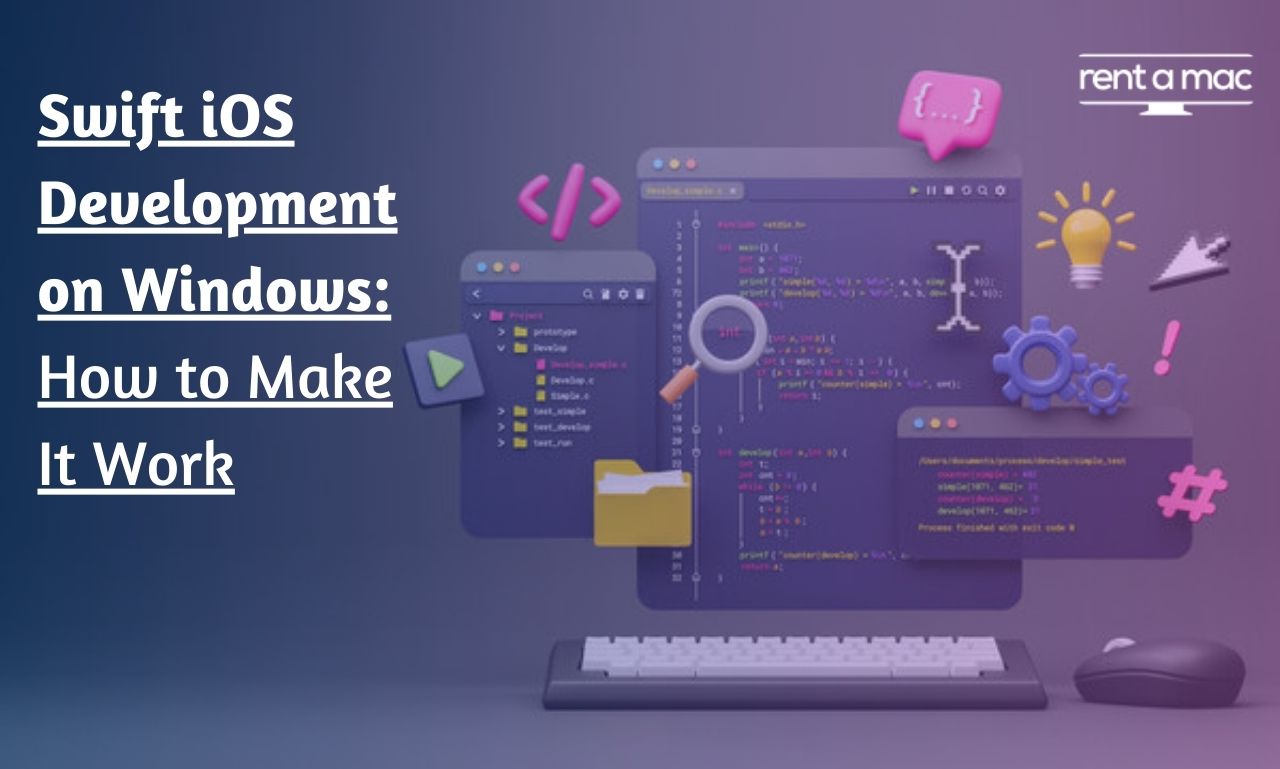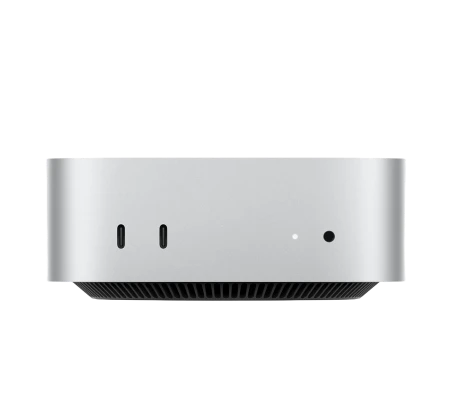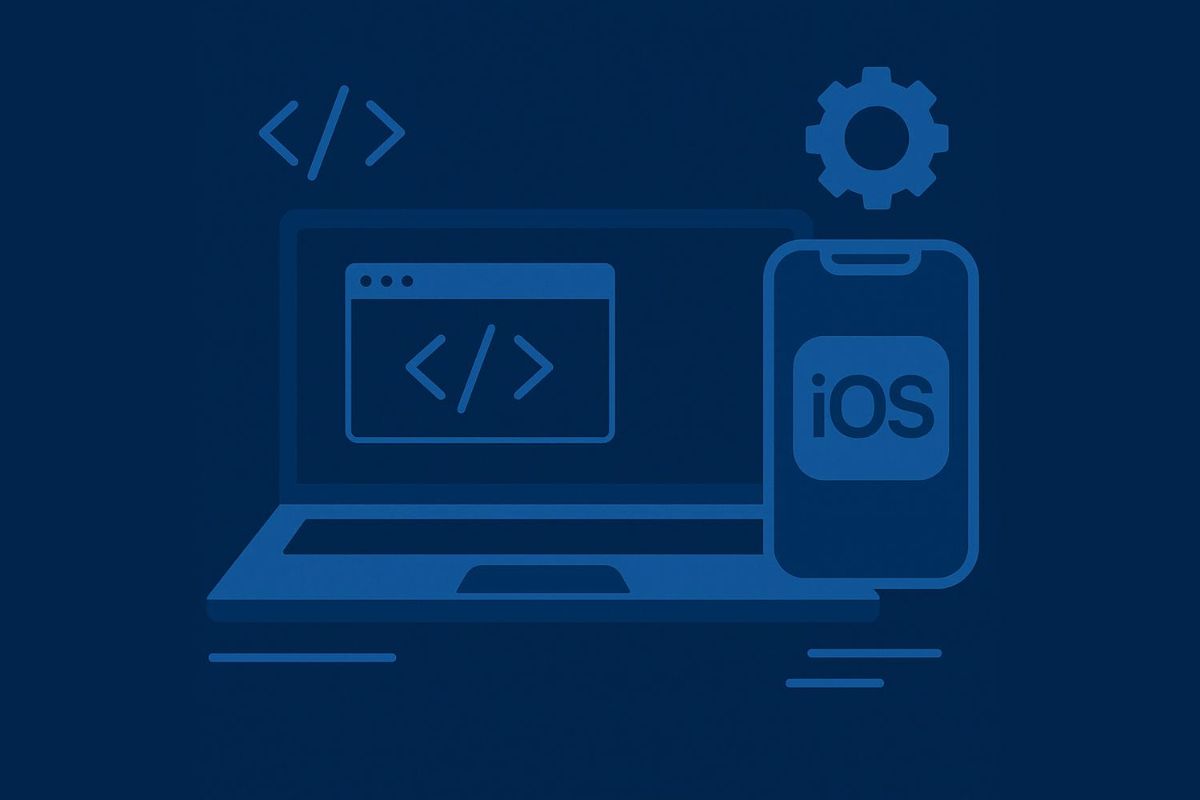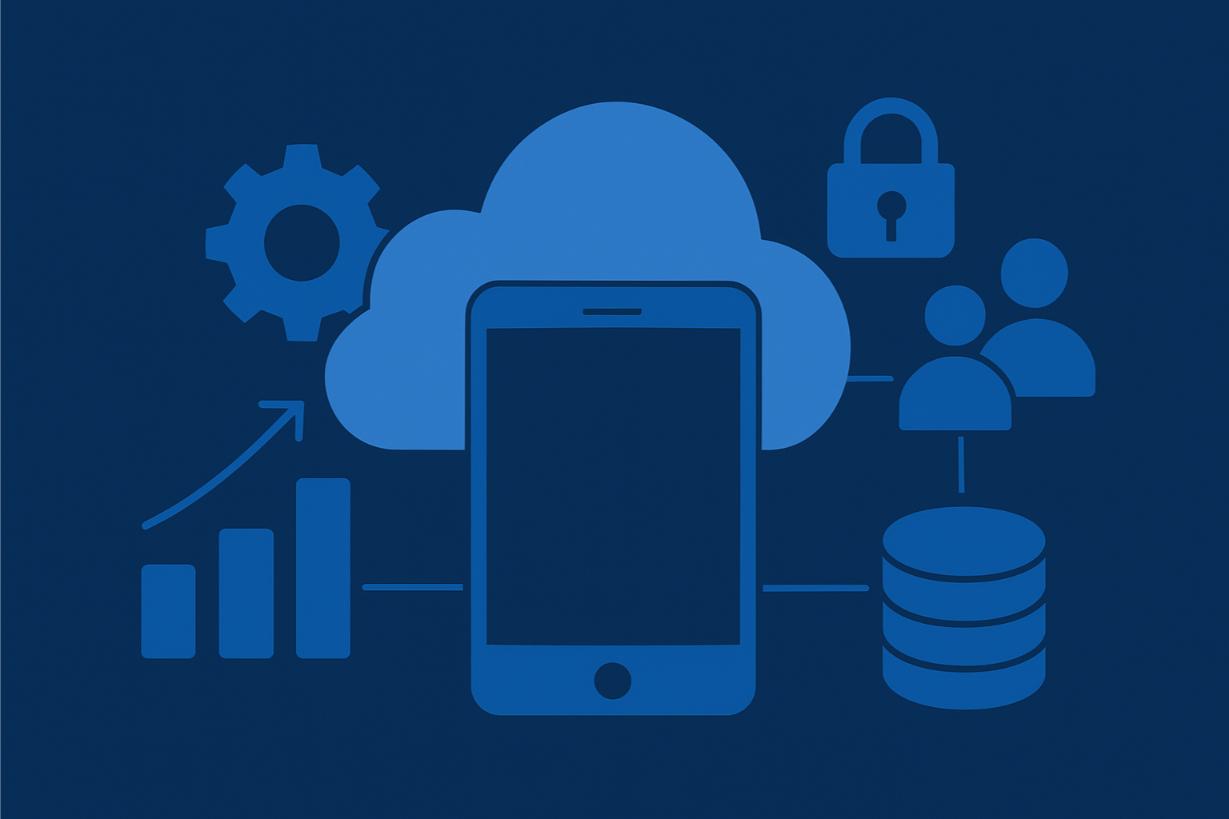
Apple’s Swift programming language is popular in iOS app development, but traditionally it comes with the requirement of macOS and using Xcode.
This poses a problem for developers who either have preferred development platforms or only have access to Windows systems.
Luckily, Swift iOS development on Windows is not a dream, as cloud, virtual machine, or cross-platform solutions can help this become a reality.
This guide covers the different methods to set up a Swift iOS development on Windows, along with their advantages, so that you can code Swift without having an expensive Mac.
Can You Do Swift iOS Development on Windows?
Officially, developing Swift for iOS requires a macOS environment, mostly because Xcode, Apple’s integrated development environment (IDE), does not run on Windows natively.
Write Swift Code Workarounds have been found by developers to write, compile, and test Swift code on Windows machines.
For Windows, they’ll need to install Swift itself, but the real difficulty is getting Xcode running so that they can build and test an iOS app.
The most effective solutions include cloud Mac rentals, virtual macOS environments, or cross-platform frameworks that help close the gap.
Methods for Swift iOS Development on Windows
1. Swift Development with Rent a Cloud Mac
If you want to run Swift iOS development on Windows, the best way is by using a cloud-based macOS. This enables developers to access a Mac from afar and install Xcode along with all the tools required to build iOS software.
Rent a Mac is one of those services, allowing you to rent macOS hardware on an as-needed basis without forking over money for pricey Apple hardware. Developers will be able to log in on a Windows PC and continue building their projects.
It allows complete integration of Apple’s ecosystem which allows efficient application development, deployment, and testing.
Another advantage is that cloud Macs are flexible, developers can scale their resources according to the project requirements.
2. Install macOS on a Virtual Machine (VM)
The second way is using a macOS Virtual Machine (VM) on Windows. This means installing tools such as VMware or VirtualBox that can run macOS on a computer.
After setting up the virtual machine, you can now install Xcode and start doing Swift iOS development on Windows.
But this technique comes with downsides. Virtual Machines consume huge processing power and can develop performance issues.
Some functionalities in Xcode like the iOS simulator might be impacted. Legally, you need a macOS license to set up a VM, which makes things a bit complicated.
3. Cross-Platform Development Tools
Cross-platform frameworks give developers the ability to make iOS apps and target several platforms without needing Swift iOS development on Windows natively.
Frameworks include React Native, Flutter, and Xamarin, allowing the developer to create apps that run on both iOS and Android, utilizing the same code.
These tools allow the development on Windows, thus reducing dependency on the macOS. While they may work wonders for your productivity, they aren’t always drop-in replacements for Swift and Xcode, especially when creating high-performance, native iOS apps.
Setting Up Swift on Windows Without macOS
For writing and compiling Swift code without full iOS development, you can go with direct Swift installation on Windows. On Windows, MacOS is not a requirement, since the Swift compiler is available as well.
The first step is downloading the latest Swift for Windows package from swift.org. After installation, you can write Swift code in command-line tools or an alternative text editor, such as Visual Studio Code.
This setup will be very useful for learning Swift, writing some backend applications, or simply playing around with the language.
However, you still cannot use this for testing, debugging, or deploying iOS applications, which must always be done through Xcode.
Why Renting a Mac is the Best Option for iOS Development
Among all the available choices, renting a Mac is the smoothest and fastest way to do Swift iOS development on Windows.
If cloud-based Macs share many positive aspects with virtual machines, however, cloud-based Macs have the major advantage of being high-performance systems, no slowdowns or compatibility issues here!
Renting a Mac enables developers to:
-
- Unlock Your Access to Xcode and Swift
-
- Use Apple’s official tools to test and debug applications.
-
- Deploy apps straight to the App Store.
-
- Skip over the Apple hardware purchasing cost.
Cloud Mac rentals are the optimum solution for professional developers or businesses looking to efficiently build iOS applications.
Services like Rent a Mac offer flexible rental plans for developers, who can rent a high-performance Mac remotely without any long-term commitment.
Conclusion: Swift iOS Development on Windows
Although Apple’s ecosystem centers on macOS, Swift iOS development is perfectly possible in Windows with the right tools.
Overall, using a macOS virtual machine or cross-platform frameworks as well as cloud-based solutions allows building and testing iOS applications without owning a Mac.
Of every available alternative, renting a Mac is the best option to easily, inexpensively, and reliably develop iOS apps on Windows.
It offers the best development experience, provides total access to Apple’s resources and tools, and doesn’t have performance issues.
For any professional iOS developer who needs a hassle-free environment, Rent a Mac is an ideal choice. Start creating your iOS app now using Swift!
FAQs: Swift iOS Development on Windows
1. How do I create iOS applications on Windows with Swift?
Yes, however, you’ll require a macOS environment, be it a virtual machine, a rented cloud Mac, or any cross-platform framework.
2. How do we get into doing Swift iOS development on Windows?
The simplest and quickest way to do this is to rent a Mac online and connect to macOS through remote access.
3. Can I install Xcode on Windows?
No, the Xcode is available only for macOS. You need either a virtual machine or a cloud Mac service to run it on Windows.
4. Is using a virtual machine a good option for Swift development?
It can function, but performance issues and compatibility problems are making it unreliable compared to cloud-based solutions.
5. From where can I rent Mac to develop iOS apps?
You can form Rent a Mac, which offers affordable, high-performance access to macOS for developers.
